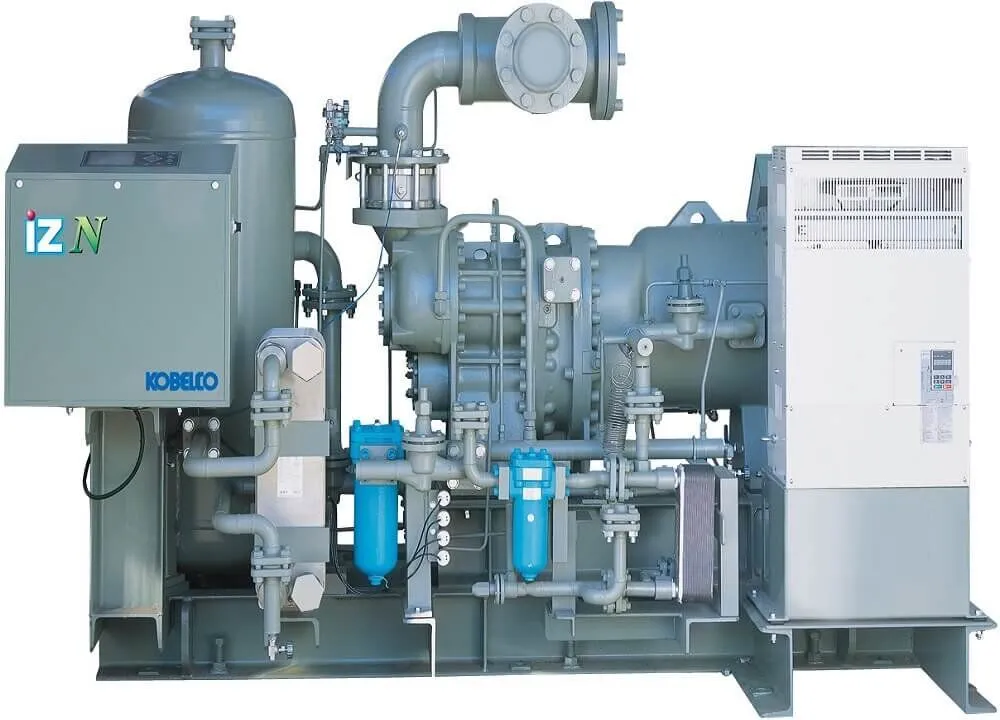chilling unit for water
Understanding Chilling Units for Water A Comprehensive Overview
Chilling units are a critical concept in various industries, particularly in refrigeration, air conditioning, and the food and beverage sector. When it comes to controlling temperatures, especially for water, understanding chilling units becomes pivotal for efficiency, energy conservation, and meeting operational requirements.
A chilling unit refers to the machinery or system designed to remove heat from a substance, typically a liquid like water, to lower its temperature. The effectiveness of a chilling unit is often measured in terms of its cooling capacity, which is quantified in British Thermal Units (BTUs) or tons of refrigeration. For instance, one ton of refrigeration can remove heat at a rate of 12,000 BTUs per hour. This measurement helps industries determine the appropriate chilling units required for specific applications, ensuring optimal performance and efficiency.
Understanding Chilling Units for Water A Comprehensive Overview
Water chilling systems can be broadly categorized into two types air-cooled and water-cooled chillers. Air-cooled chillers use ambient air to dissipate heat, making them ideal for smaller applications or remote locations. Conversely, water-cooled chillers circulate water to remove heat, generally offering higher energy efficiency and cooling capacity, suited for larger facilities.
chilling unit for water

One significant advantage of utilizing chilling units for water is their role in energy conservation. Recent advancements in technology have led to the development of high-efficiency chillers that minimize energy consumption. By implementing variable speed drives and smart controls, these systems adjust their operation according to real-time demand, thus reducing energy costs and promoting sustainability.
In addition to energy efficiency, chilling units for water contribute to various industrial processes, including HVAC systems, food processing, and chemical manufacturing. In HVAC applications, chilled water is circulated through cooling coils to maintain comfortable indoor temperatures. In food processing, precise temperature control is vital for preserving perishable goods and ensuring product quality.
Moreover, the performance of chilling units can be influenced by several external factors, including ambient temperature, humidity, and the specific heat load of the applications. Industries must regularly assess and maintain their chilling systems to ensure peak performance and avoid costly downtimes.
In conclusion, chilling units for water are indispensable in maintaining optimal temperatures across various sectors. Understanding their functionality, efficiency, and application will help businesses make informed decisions regarding temperature control systems. As technology progresses, the focus on energy efficiency and sustainable practices will likely shape the future of chilling unit design and operation, ensuring that they continue to play a crucial role in modern industrial processes.
















































































































